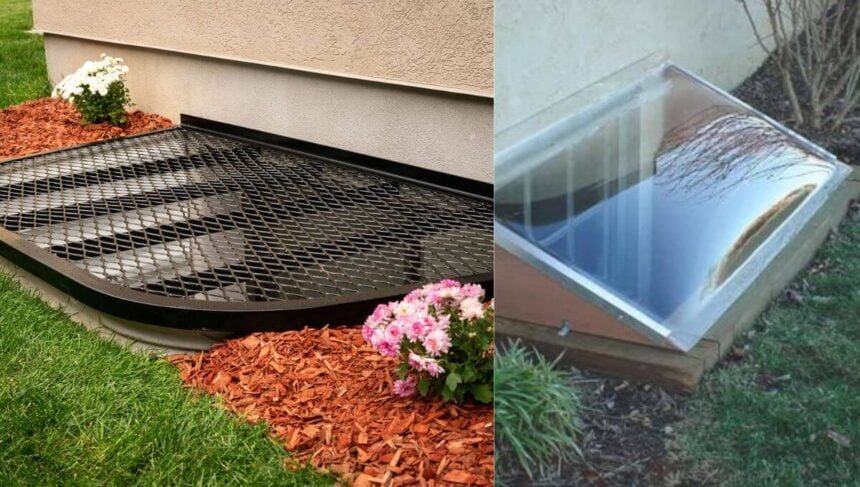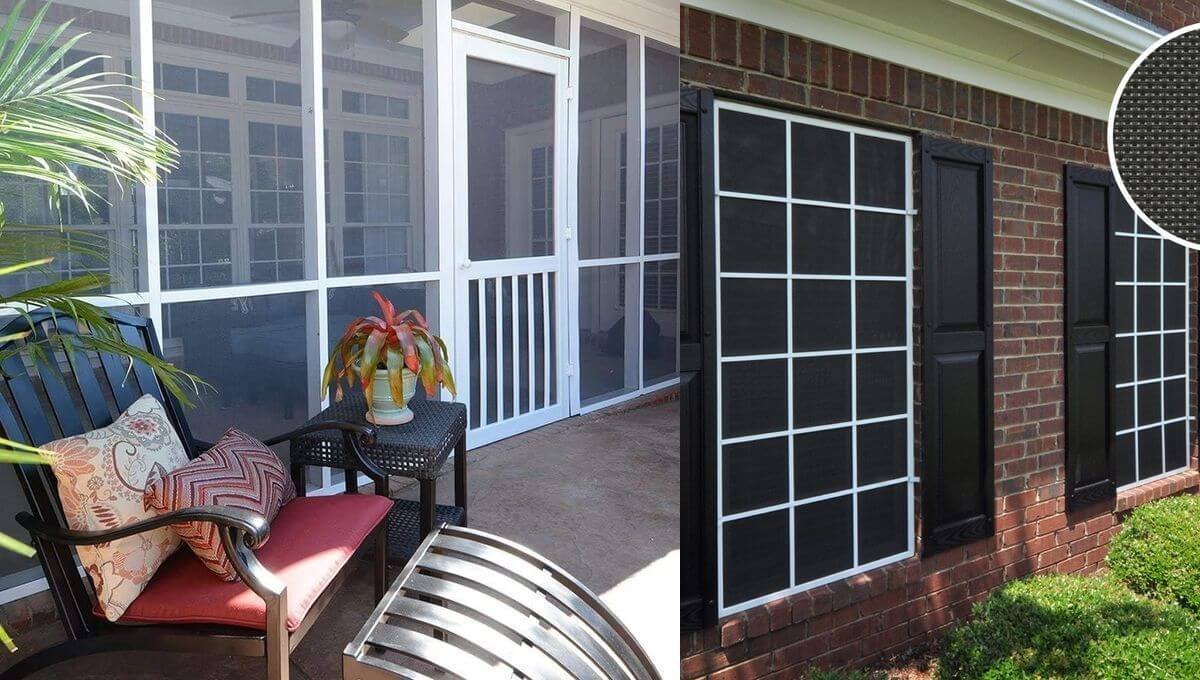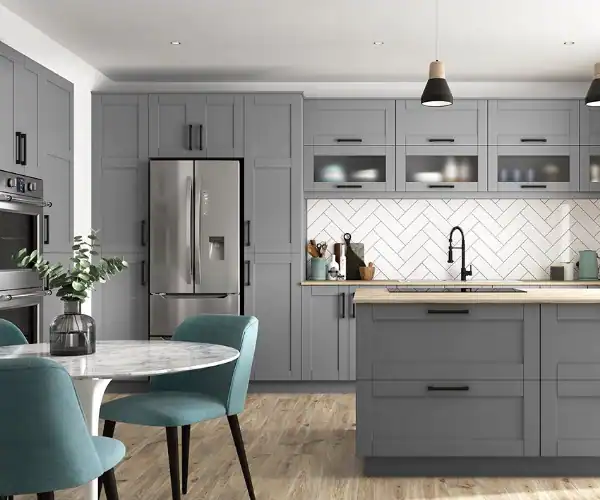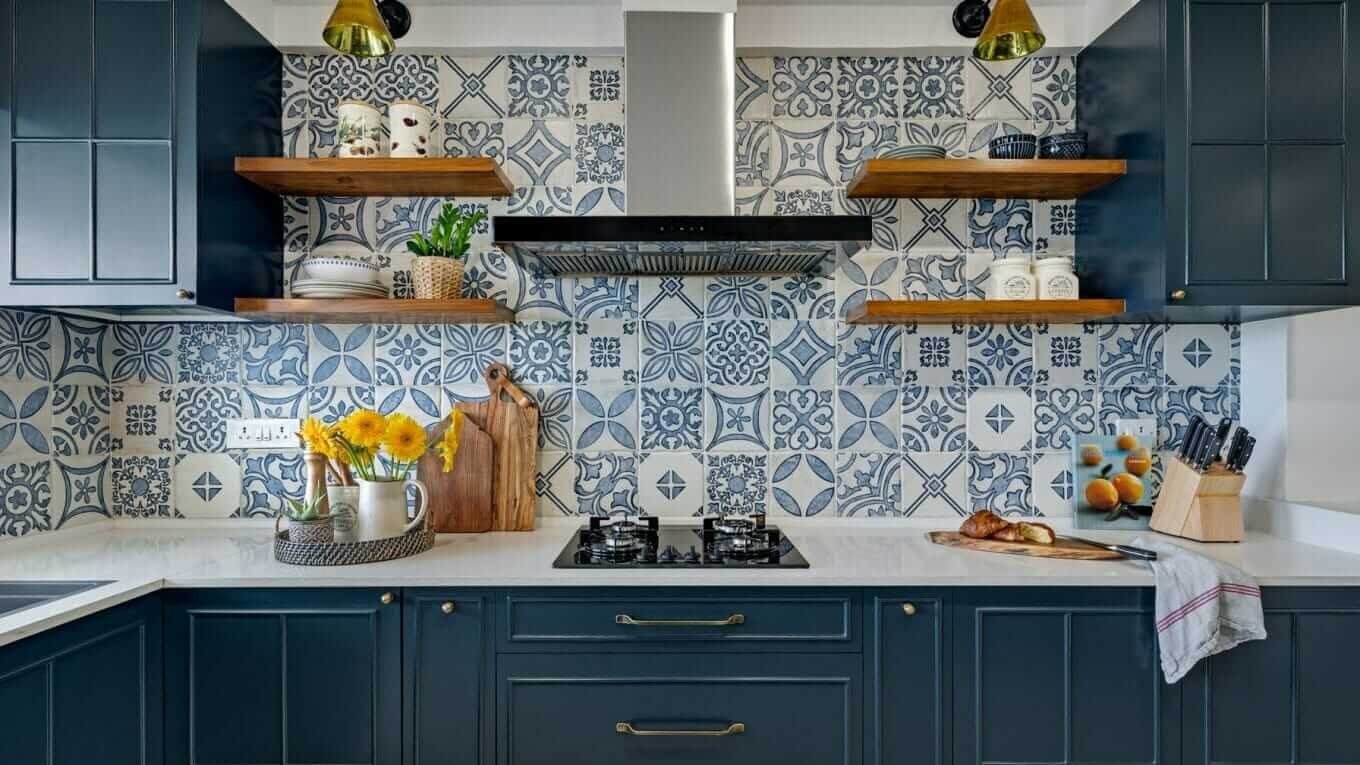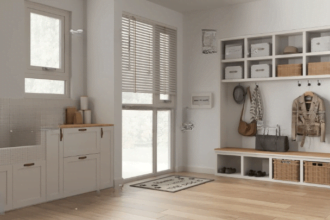Window well covers are essential for homeowners with below-ground windows. They not only enhance the safety and security of your home but also protect against water damage and debris buildup.
However, with various types available, choosing the best window well cover can be challenging. This article delves into the different types of window well covers, their benefits, and how to choose the best one for your needs.
Understanding Window Well Covers
What Are Window Well Covers?
Window well covers are structures that fit over basement window wells. These covers protect your basement windows from rain, snow, debris, and pests. They also improve home security by preventing easy access through basement windows.
Importance of Window Well Covers
Window well covers offer several benefits:
- Protection: Shields windows from harsh weather and debris.
- Safety: Prevents falls into window wells.
- Energy Efficiency: Reduces heat loss and prevents drafts.
- Aesthetics: Enhances the overall look of your home’s exterior.
Types of Window Well Covers
1. Bubble Window Well Covers

Bubble window well covers are dome-shaped and made from durable plastic. They are particularly effective in areas with heavy rainfall or snow, as their shape allows water and debris to roll off easily.
Advantages:
- Excellent protection from water and debris.
- Easy installation.
- Provides natural light to the basement.
Disadvantages:
- May not fit all window well sizes.
- Less durable compared to metal covers.
2. Flat Window Well Covers

Flat window well covers are made from materials like polycarbonate or metal. These covers sit flat on the window well and are often used in areas with less severe weather.
Advantages:
- Sleek and low-profile design.
- Durable and long-lasting.
- Easy to remove for window access.
Disadvantages:
- May accumulate water and debris.
- Less effective in heavy snowfall areas.
3. Grate Window Well Covers
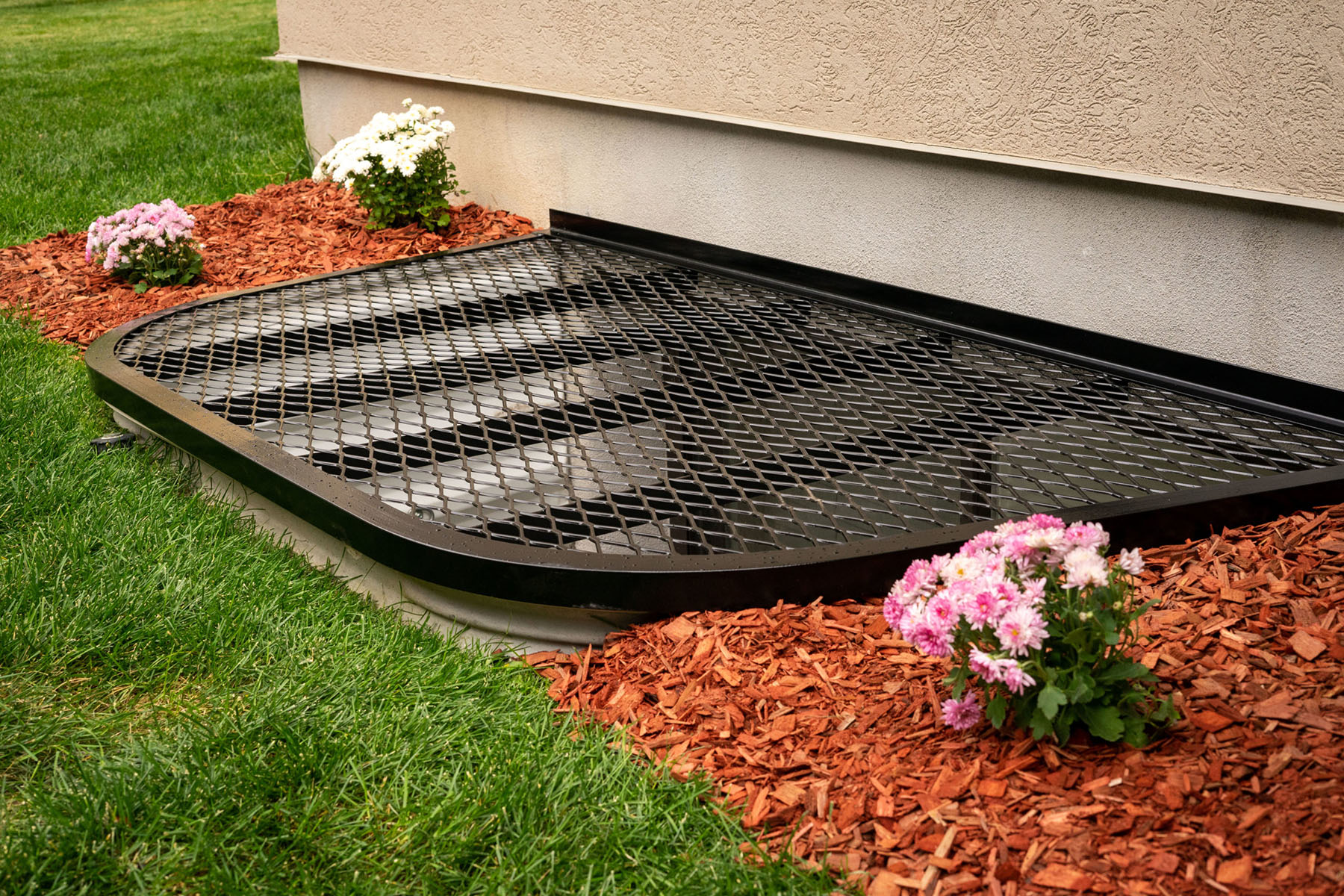
Grate window well covers are made from metal, typically steel or aluminum. These covers are strong and provide excellent security.
Advantages:
- Extremely durable.
- Allows maximum airflow.
- Provides strong security.
Disadvantages:
- Does not protect from water or debris.
- Can be heavy and harder to remove.
4. Custom Window Well Covers
Custom window well covers are tailored to fit your specific window well dimensions. They can be made from a variety of materials, including polycarbonate, metal, and acrylic.
Advantages:
- Perfect fit for your window well.
- Can be designed to meet specific needs (e.g., high security, weather resistance).
- Adds to the home’s aesthetic value.
Disadvantages:
- More expensive.
- Longer wait time for manufacturing and installation.
How to Choose the Best Window Well Cover
Selecting the best window well cover involves considering several factors including:
Material
The material of the window well cover determines its durability and effectiveness. Polycarbonate and metal are the most common materials:
- Polycarbonate: Lightweight, UV-resistant, and durable.
- Metal: Extremely strong and secure but may rust over time if not properly treated.
Weather Conditions
Your local weather conditions significantly impact the choice of window well cover:
- Heavy Rain/Snow: Opt for bubble or custom covers to ensure effective water runoff.
- Mild Weather: Flat covers or grates might be sufficient.
Security Needs
If security is a primary concern, metal grate covers are the best choice. They are difficult to tamper with and provide excellent protection against break-ins.
Aesthetic Preferences
The cover’s appearance can affect your home’s curb appeal. Custom covers offer the best options for those wanting to maintain or enhance their home’s exterior look.
Ease of Installation and Maintenance
Consider how easy the cover is to install and maintain. Bubble and flat covers are generally easier to handle compared to heavy metal grates.
Quick Comparison of Window Well Covers
| Type | Material | Pros | Cons |
|---|---|---|---|
| Bubble Covers | Plastic | Great water runoff, easy installation, natural light | May not fit all sizes, less durable than metal |
| Flat Covers | Polycarbonate/Metal | Sleek design, durable, easy to remove | Water and debris accumulation, less effective in snow |
| Grate Covers | Steel/Aluminum | Extremely durable, maximum airflow, strong security | No water/debris protection, heavy, harder to remove |
| Custom Covers | Various | Perfect fit, tailored to needs, enhances aesthetics | Expensive, longer wait for installation |
Installation Tips
Measure Your Window Well
Accurate measurement is crucial for a perfect fit. Measure the width, length, and depth of your window well. For rounded wells, measure the diameter and height.
Install the Cover
Most window well covers come with installation instructions. Generally, you will need to:
- Clean the window well area.
- Position the cover over the well.
- Secure it with the provided hardware.
- Ensure it fits snugly and securely.
Maintenance
Regular maintenance ensures your window well cover remains effective:
- Cleaning: Remove debris and clean the cover surface periodically.
- Inspection: Check for any damage or wear and tear.
- Adjustment: Ensure the cover is still fitting properly and make adjustments if necessary.
Conclusion
Choosing the best window well cover depends on your specific needs, including weather conditions, security concerns, and aesthetic preferences. Bubble, flat, grate, and custom covers each offer unique benefits.
By considering the material, ease of installation, and maintenance, you can find the perfect window well cover to protect and enhance your home. Investing in a high-quality window well cover not only safeguards your basement but also adds value and peace of mind.
Frequently Ask Questions
Can window well covers help prevent basement flooding?
Yes, properly fitted and sealed window well covers can significantly reduce the risk of basement flooding. By preventing rainwater and snow from accumulating in the window well, they help keep the area dry and protect against leaks and water seepage into the basement.
Are window well covers child and pet-friendly?
Absolutely. Window well covers, especially those made from durable materials like polycarbonate or metal, provide a protective barrier that prevents children and pets from falling into the window wells, thereby enhancing safety around your home.
How do I know if I need a custom window well cover?
If your window wells have non-standard shapes or sizes, or if you have specific requirements such as enhanced security or unique aesthetic preferences, a custom window well cover might be necessary. Custom covers ensure a perfect fit and can be tailored to meet your exact needs.
Can I install a window well cover myself, or do I need a professional?
Many window well covers are designed for easy DIY installation and come with detailed instructions and necessary hardware. However, if you are unsure about measuring or securing the cover properly, or if you opt for a custom cover, it might be beneficial to hire a professional to ensure proper installation.
Do window well covers require regular maintenance?
Yes, regular maintenance is essential to ensure the effectiveness and longevity of window well covers. This includes cleaning the covers to remove dirt and debris, inspecting them for any signs of damage or wear, and ensuring they remain securely fastened.
Can window well covers be used with egress windows?
Yes, window well covers can be used with egress windows, but it’s crucial to choose covers that comply with local building codes for egress windows. These covers should be easy to remove from the inside to ensure a safe and quick exit during emergencies.
How do window well covers affect basement ventilation?
Window well covers, particularly those made from materials like polycarbonate, can help improve basement ventilation by allowing natural light and air to flow through while keeping out debris and moisture. Grate covers, in particular, offer excellent airflow, enhancing overall ventilation in the basement.

